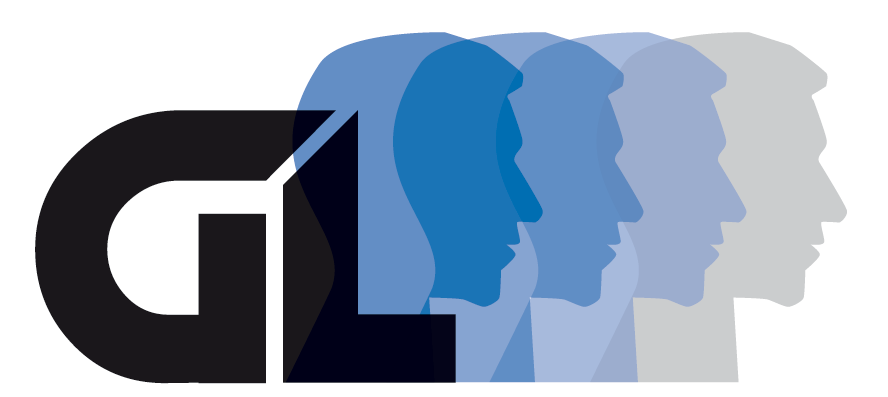Although transgender issues receive a lot of attention, intersex realities often remain misunderstood and shrouded in myth. Intersex individuals, who are born with physical gender characteristics that do not conform to typical definitions of male and female, have existed throughout history but continue to face discrimination and neglect.
Separating Facts From Fiction
There are many myths about intersex people, which are often fueled by a lack of knowledge and social discomfort due to deviation from the norm. One common misconception is that intersex conditions are extremely rare. In fact, it is estimated that between 1 in 1,500 and 1 in 2,000 births have intersex traits. This makes intersex variation as common as red hair.
Another myth is that intersex individuals are always markedly different from birth and can be easily categorized. The reality is much more complicated. Intersex traits can be recognized at birth, during puberty, or even later in life. These traits can encompass a wide range of variations, including differences in chromosomes, gonads, reproductive organs, and secondary sex characteristics such as body hair and voice pitch. For example, some intersex disorders may involve atypical chromosomal patterns, such as Klinefelter syndrome (XXY) or Turner syndrome (XO), which may not be apparent without genetic testing. Other intersex conditions can include atypical gonadal (ovary or testis) development, such as androgen insensitivity syndrome, where a person with XY chromosomes is born with typically female external genitalia and cannot be identified as intersex until puberty when typical male secondary sexual characteristics do not develop.
 A particularly harmful myth is the idea that intersex individuals must choose to be male or female, often through surgery or hormone treatment. Historically, many intersex babies and children have undergone surgery to bring their bodies into line with traditional notions of male and female. These operations were often performed without the informed consent of the individuals involved, as they were typically too young to understand or make decisions about their bodies. Common procedures included reduction of the clitoris, removal of the gonads, and creation of more typical genitalia. These surgeries were based on the belief that clear gender binaries were crucial to psychological and social well-being. However, growing evidence suggests that these interventions can cause significant physical and emotional harm. Studies have shown that many intersex people who have undergone such procedures report feeling violated and have permanent health problems such as scarring, loss of sexual sensation, and psychological trauma. Additionally, these operations do not necessarily lead to a clear gender identity and can lead to medical complications and repeat operations throughout life.
A particularly harmful myth is the idea that intersex individuals must choose to be male or female, often through surgery or hormone treatment. Historically, many intersex babies and children have undergone surgery to bring their bodies into line with traditional notions of male and female. These operations were often performed without the informed consent of the individuals involved, as they were typically too young to understand or make decisions about their bodies. Common procedures included reduction of the clitoris, removal of the gonads, and creation of more typical genitalia. These surgeries were based on the belief that clear gender binaries were crucial to psychological and social well-being. However, growing evidence suggests that these interventions can cause significant physical and emotional harm. Studies have shown that many intersex people who have undergone such procedures report feeling violated and have permanent health problems such as scarring, loss of sexual sensation, and psychological trauma. Additionally, these operations do not necessarily lead to a clear gender identity and can lead to medical complications and repeat operations throughout life.
Educational efforts are important to correct these misconceptions. By including comprehensive information about gender differences in biology and sex education curricula, we can normalize these differences from an early age. When children learn about the wide range of human biology, they are less likely to perceive intersex traits as abnormal or frightening. In addition, health professionals should be trained in intersex conditions to provide appropriate, compassionate care and respect the bodily autonomy of intersex individuals while avoiding unnecessary medical intervention.
Legislative and policy changes are also critical. Some countries have begun to address the rights of intersex people by banning forced surgeries on intersex children, ensuring they have the right to make their own decisions about their bodies when they are old enough to do so. These steps are important for changing societal attitudes and promoting a more inclusive understanding of human diversity.
Preservation Of Biological Diversity
Understanding that intersex is a natural variation of human biology is a crucial step toward acceptance. Just as society has become more accepting of different races, sexual orientations, and gender identities, it must also accept intersex as part of human diversity.
One of the key issues that intersex people face is the medicalization of their identity. The medical community often views intersex traits as disorders that require correction. However, many intersex advocates advocate a move away from pathologizing intersex bodies. They call for a model that respects bodily autonomy and the right of intersex people to make informed decisions about their bodies.
Educational efforts are important in this regard. By including comprehensive information about gender differences in biology and sex education curricula, we can normalize these differences from an early age. When children learn about the wide range of human biology, they are less likely to perceive intersex traits as abnormal or frightening.
Legal And Social Recognition
Legal recognition and protection of the rights of intersex people are the most important next steps. Some countries have made significant progress in this area. For example, in 2015 Malta became the first country to ban non-consensual medical intervention on intersex minors. Other countries have followed suit, but many still have a long way to go.
Legal protection is only one aspect of the wider social recognition that is needed. Intersex people often face stigma and discrimination not only in the medical system but also in everyday life. This can include problems in educational institutions, at work, and in social relationships. Efforts to create an inclusive environment must include laws and policies, as well as cultural and attitudinal change.
Support groups and human rights organizations play a critical role in this change. They provide intersex individuals and their families with resources, community, and a platform to advocate for their rights. Additionally, the stories and testimonies of intersex people themselves are powerful tools for change. By sharing their experiences, intersex people challenge stereotypes and educate others about the realities of living with intersex traits.
Moving Towards A More Inclusive Future
The path to a more inclusive society for intersex people is fraught with difficulties, but not insurmountable. An important first step is debunking myths and fostering a deeper understanding of what it means to be intersex. This requires a concerted effort from various sectors, including education, health, legislation, and the media.
Media representation, in particular, can play a key role in shaping public perception. Accurate and respectful portrayals of intersex characters in film, television, and literature can go a long way toward normalizing intersex identity. At the same time, media creators should avoid sensationalism and respect the privacy and dignity of intersex people.
The inclusion of intersex voices in public discourse is equally important. Policy making, medical practice, and educational programs should include consultation with intersex individuals and organizations. This ensures that policies and practices truly reflect the needs and rights of intersex people.
Additionally, there is a need for continued research to better understand intersex experiences. Medical research should prioritize the well-being and independence of intersex individuals by exploring how best to support their health without unnecessary or unwanted interventions. Sociological research can shed light on the social challenges that intersex people face, informing efforts to combat discrimination and promote inclusion.
Embracing intersex diversity enriches our society. By valuing all forms of human diversity, we build a world that is more inclusive, compassionate, and just. Although much work remains to be done, the growing popularity and protection of intersex rights give hope that we are moving toward a future where all people, regardless of their biological characteristics, can live with dignity and respect.
